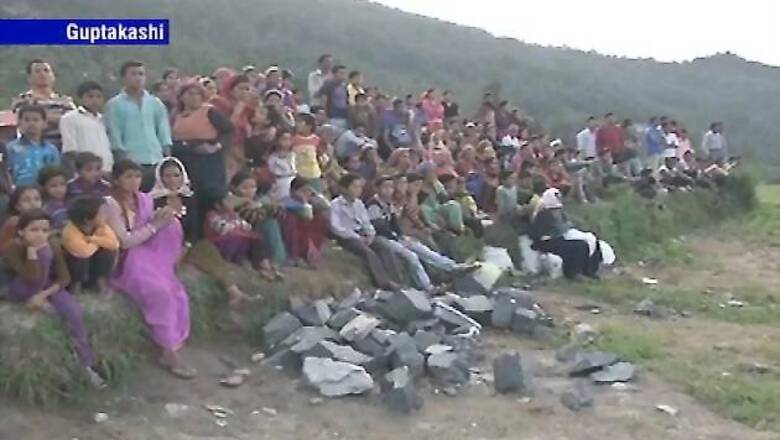
views
Guptkashi: Poor roads and logistical bottlenecks hampered the movement of a NDRF battalion which had left from Punjab for search and rescue operation in Uttarakhand's Rudraprayag district.
"When the Sikkim earthquake happened, we had left our base within hours of the first report of the disaster. But then, after landing in Bagdogra airport (near Siliguri in WestBengal), we had to wait for three days before we were moved to the impact zone.
"I had hoped that such delays would not be repeated. But this time around, it was the same story," Commanding Officer Jaideep Singh of Bathinda-based 7th NDRF Battalion, said at the Chardham helipad here. Speed stands out as the main focus area for any future mission of a similar nature, he said.
The Bhatinda team, one of the two NDRF units working on the search and rescue mission in Guptkashi, had set out on June 17 but it did not arrive here before June 21. During its movement, the team was held up by poor roads and logistical bottlenecks.
"When crores are spent on training and maintaining us, it is expected that care should be taken to see that our utilisation is optimum. That sadly is not the case. We have to rely on the Army and Air Force to move us. Coordination always becomes a problem in any disaster situation," Singh said.
Some of the NDRF personnel are of the opinion that they would have surpassed their work results had they been moved here earlier.
"In such situations, time is of the essence. Each hour is crucial. I am certain that the rescue operation would have been more successful had we reached here earlier," an NDRF jawan said.
"The idea is to announce that NDRF has moved. That seems to assure the people that all is being done to provide relief in a crisis when the truth is that there is a gap between the declaration and actual deployment. That should not be the case."
The jawan added it would have been of immense help if the National Disaster Response Force had total access to some helicopters.




















Comments
0 comment